What is chadon beni?
In the Caribbean, we cook with a lot of fresh, aromatic herbs. These herbs build the flavor base of so many of our dishes. One of the most popular, especially in Trinidad and Tobago, is chadon beni. Let’s explore what it looks like, how it tastes, and how we use it.
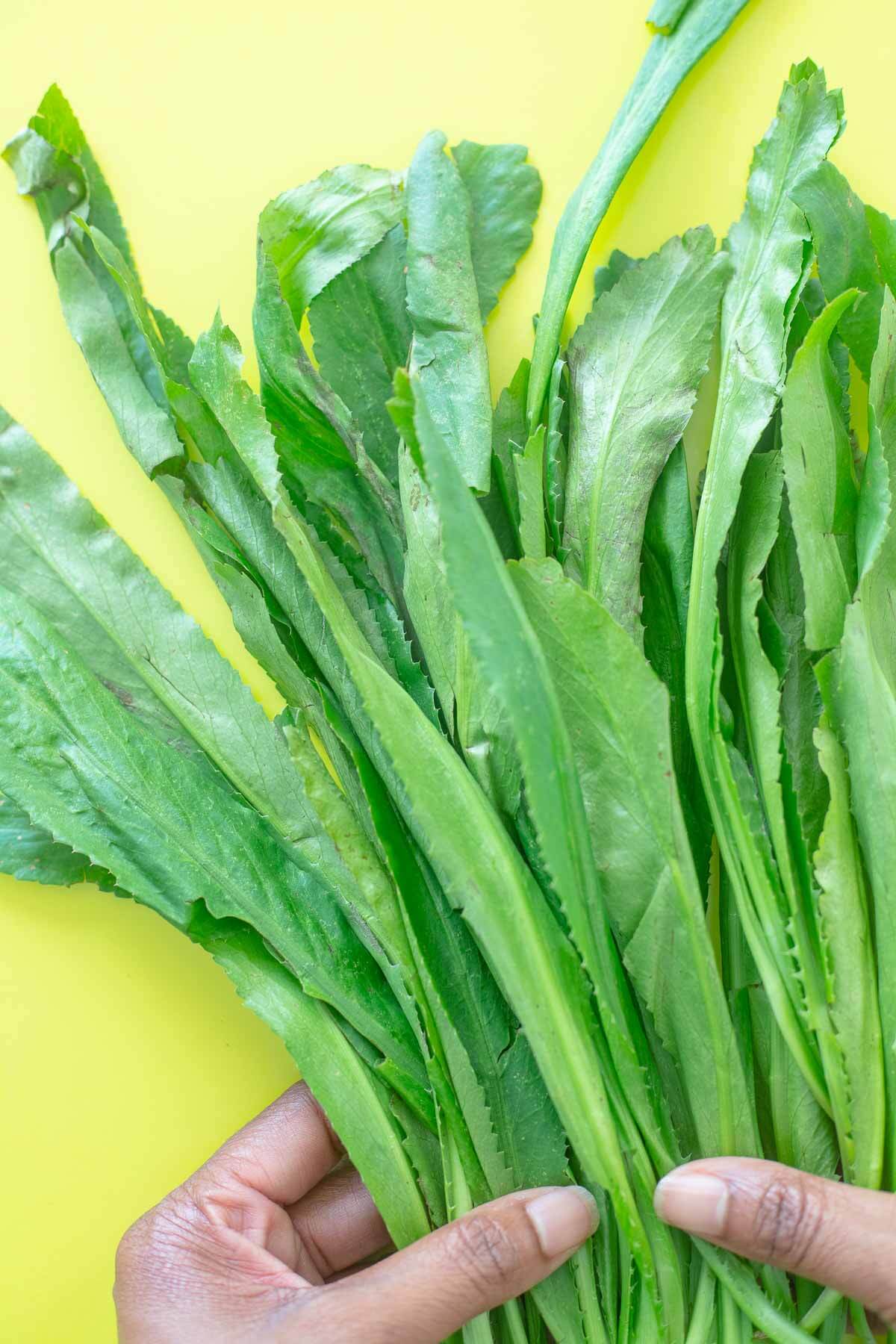
Chadon beni, also called shado beni, shadow benny, or culantro, is a staple herb across Latin America and the Caribbean. It’s used in a wide range of dishes, from marinades and stews to chutneys and sauces. The herb brings bold flavor and a punch of freshness, making it a go-to in our kitchens.
You’ll find it in curries, soups, and even fruit-based dishes like chow. It pairs beautifully with meat, seafood, vegetables, and more, adding depth and that distinct Caribbean taste.
One of the most popular ways we use it is in chadon beni sauce. It gives your dish that unmistakable burst of flavor and authentic island vibes.
What does chado beni look like
This herb has long, serrated, vibrant green leaves with a shiny surface. The leaves grow in stacks and sometimes produce small green flowers. During dry spells, the leaves may be shorter, but with partial shade and some moisture, they grow long and wide.
Though similar in appearance to cilantro, the flavor is much more intense. Cilantro has a delicate taste, while chadon beni is known for its strong, pungent profile that can easily take over a dish if not balanced.
Its nickname “fit weed” comes from how easily it grows almost anywhere. It thrives in poor soil with little maintenance, which makes it a favorite for both home gardeners and chefs.
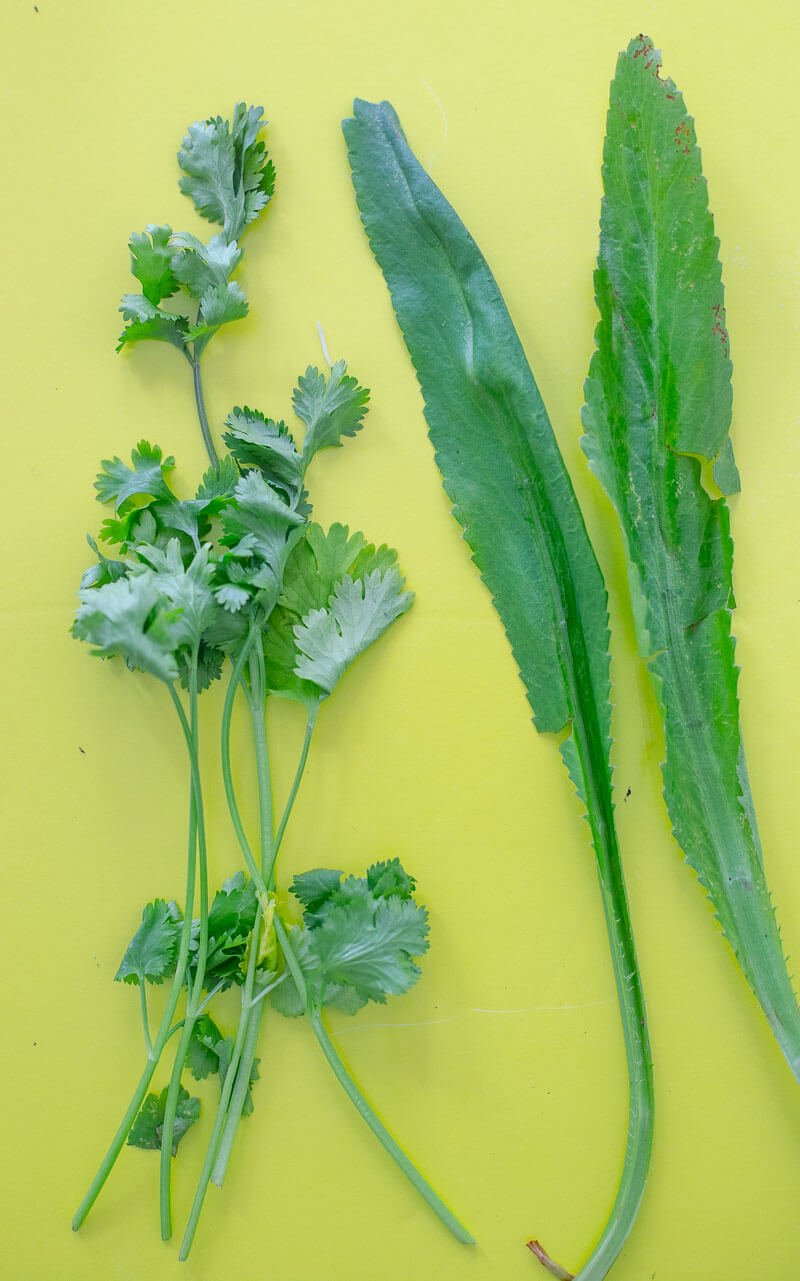
Benefits of chadon beni
Beyond its culinary uses, chadon beni is also used in traditional remedies. It’s believed to help with high blood pressure, digestive issues, inflammation, and even things like snake bites and fertility issues in men. There’s a study you can check out that goes deeper into its potential health benefits.
More research is still needed, but its popularity in natural medicine continues across many cultures.
The plant is also a favorite in gardening circles. It’s low maintenance, easy to grow, and has a good shelf life, which makes it great for herb gardens or mixed herb bundles.
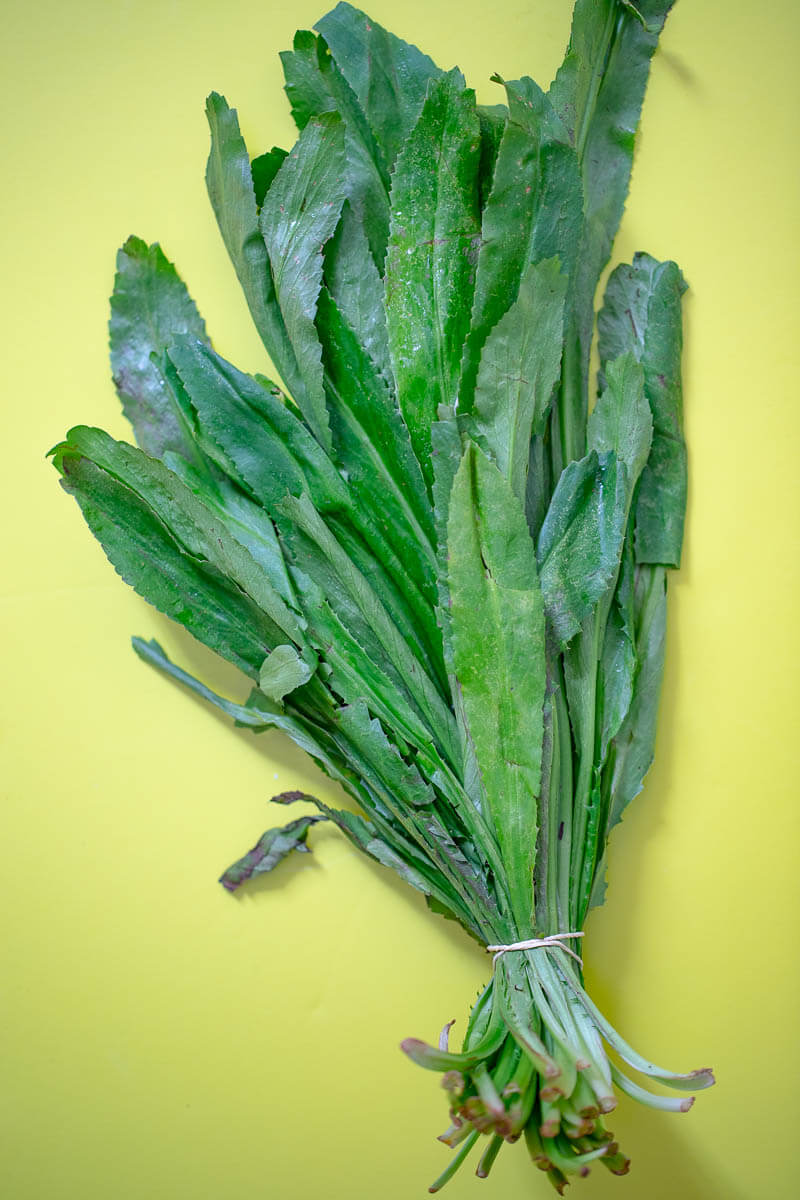
How to use chadon beni in cooking
This herb is incredibly versatile. Here are a few ways I love to use it:
- Seasoning: It’s a key part of green seasoning, our beloved blended herb marinade. Blend chadon beni with herbs like parsley and cilantro, along with garlic, onions, and hot pepper. Use it to marinate meat, fish, and vegetables.
- Garnish: Chop it finely or roughly and sprinkle over soups, stews, rice dishes, or even pineapple chow.
- Herb paste: Blend it with garlic, onions, and peppers to create a vibrant paste. This is great as a marinade, dressing base, or dip for freshly baked bread.
- Sauces and dips: Add it to salsas, chutneys, or pepper sauces. It’s a key ingredient in Caribbean pepper sauce and also great in mango sour.
- Infused oils and vinegar: Steep in olive oil or vinegar to create a flavorful infusion. Drizzle over salads, grilled vegetables, or use to sauté onions and garlic.
- Soups and stews: Toss in a few chopped leaves while your dish simmers. It’ll infuse your meal with earthy aroma and bold flavor.
Remember, the flavor of this herb can be quite potent, so start with a small amount and adjust according to your taste preferences.
Where to buy chadon beni
You can find it in most Caribbean grocery stores, local farmers’ markets, or specialty food stores that carry Latin American or Asian products. If you’re struggling to find it locally, there are online retailers that stock it too.
When buying fresh chadon beni, look for bright green, shiny leaves with a strong scent. Avoid anything wilted, yellowed, or spotted.
Some places to check:
- Farmers’ markets or Caribbean/ethnic grocery stores
- Asian or Latin American markets
- Online shops like Etsy
- Grow your own from seeds, starter plants, or even a cutting
If it’s not available, cilantro can be used as a substitute. Just double the amount, since the flavor is milder.
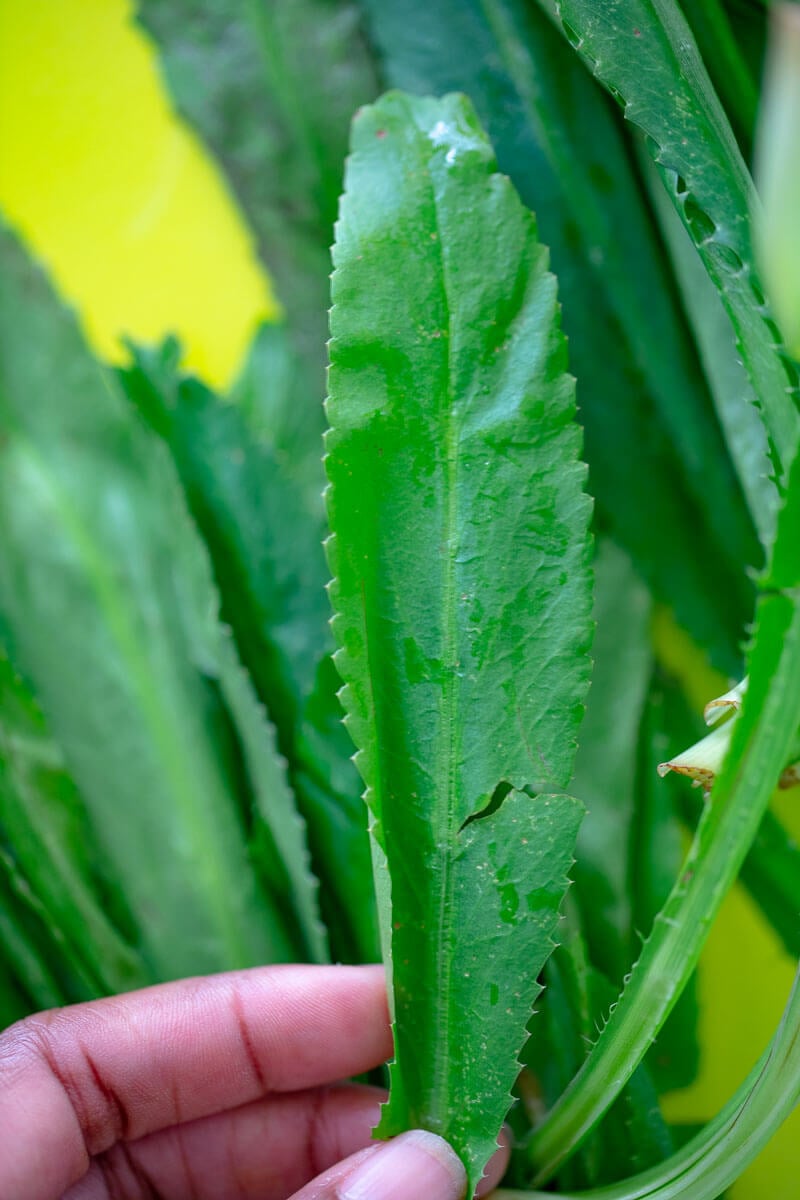
How to store chadon beni
For short-term useWrap the leaves in a damp paper towel and place them in a plastic bag in the fridge. Use within a few days.
To freezeChop the leaves and store in a freezer-safe container. It’ll last for months, but the flavor may lessen over time.
To dryUse a dehydrator or oven at 250°F for 2 to 4 hours. You can also air-dry by hanging the leaves in a cool, dry place for a couple of weeks.
Once dried, crush and store in an airtight container. Dried chadon beni won’t be as flavorful as fresh, but it’s still useful in spice blends or quick cooking.
I personally like to dry my own in the oven or fridge-dry them overnight in paper towels before dehydrating.
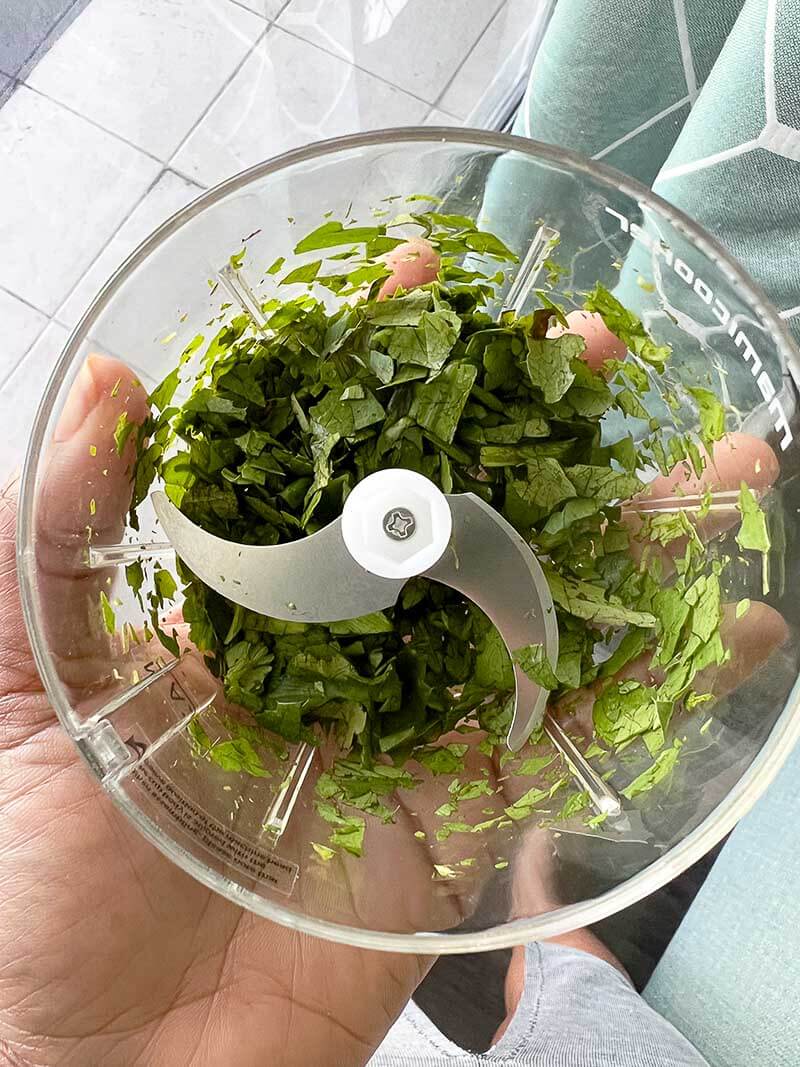
Other names for chadon beni
This herb has many aliases depending on the region:
- Trinidad and Tobago: Chadon beni, shado beni, shadow benny, bandania, fitweed
- Jamaica: Spitweed, spiritweed
- Puerto Rico: Recao (commonly used in sofrito)
- Mexico and Central America: Cilantro ancho, Mexican coriander
- Vietnam and Southeast Asia: Vietnamese cilantro, ngò gai
No matter the name, it’s the same flavor-packed herb with a strong aroma and bold taste.
Final Thoughts
Chadon beni is a powerhouse ingredient in Caribbean cooking. Whether you’re blending it into seasoning, sprinkling it on top of chow, or tossing it into a bubbling pot of stew, it brings unmistakable flavor and Caribbean character to your dish.
If you haven’t used it yet, now’s the time to give it a try.

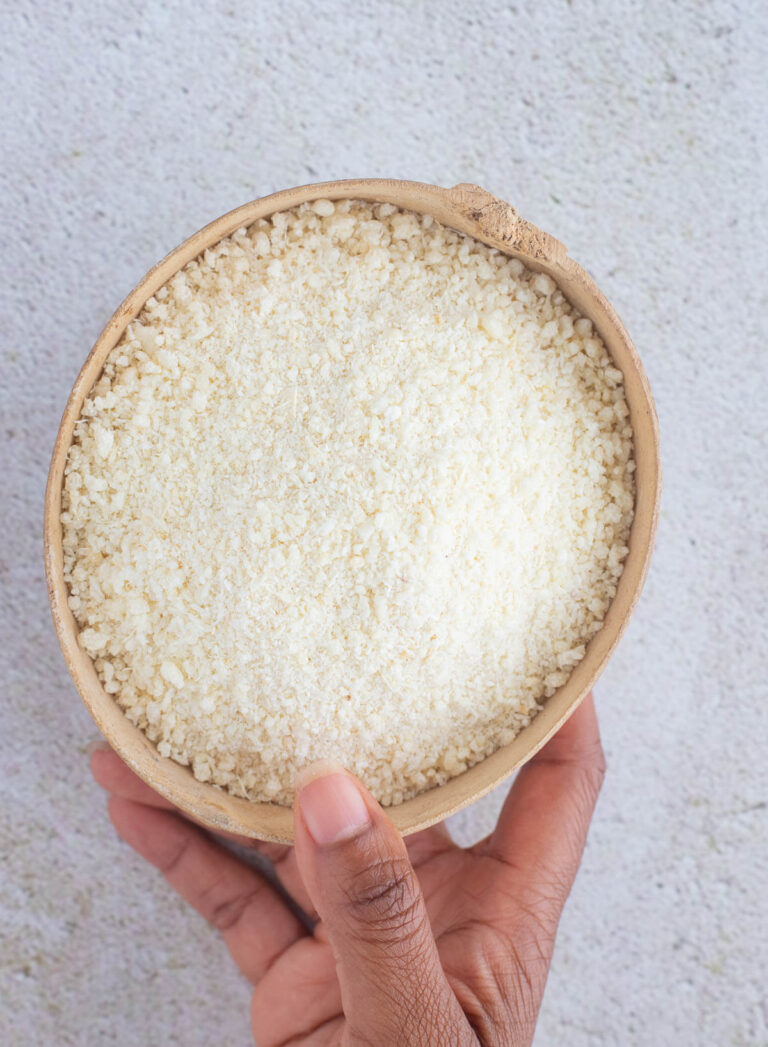

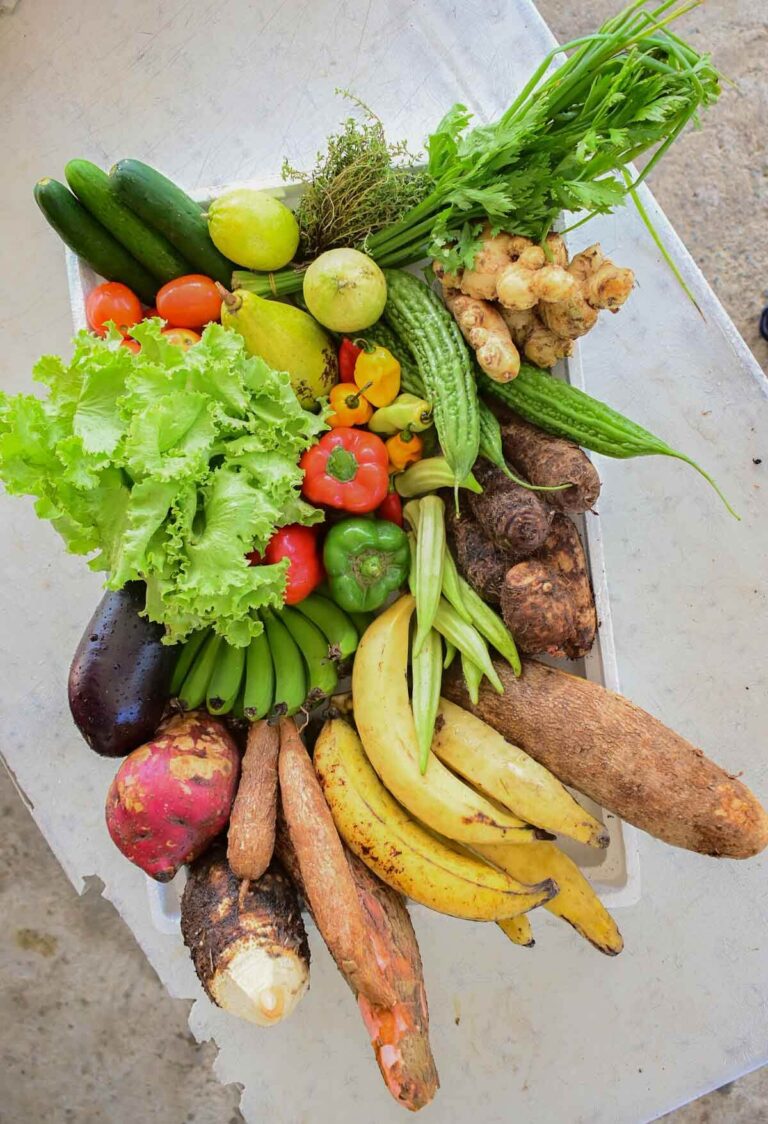
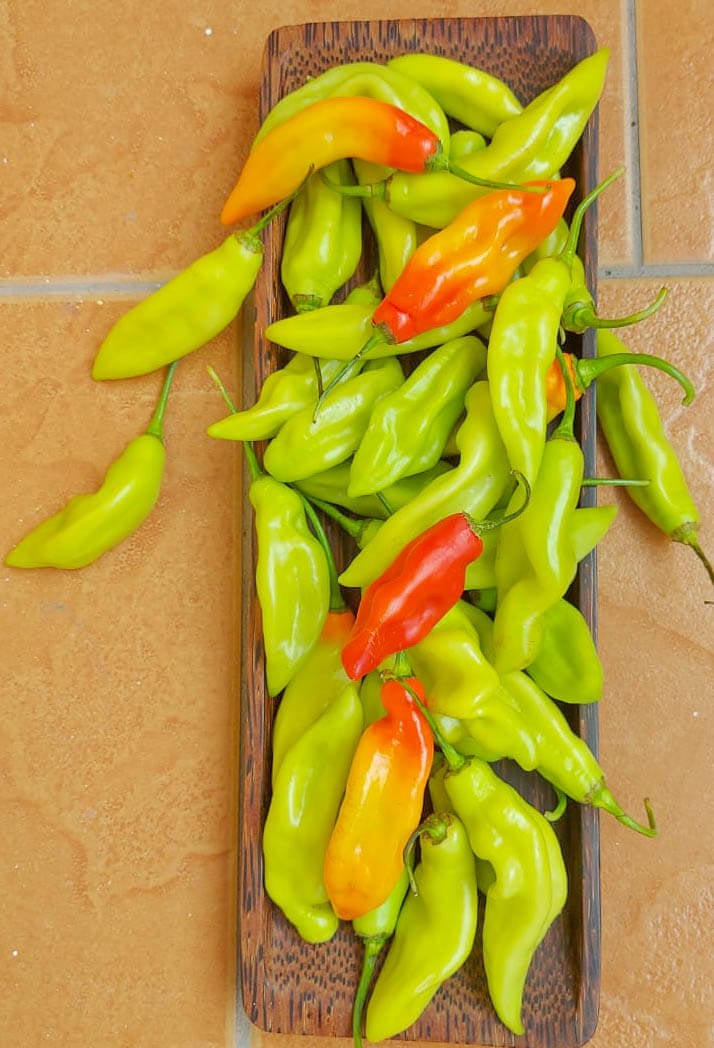
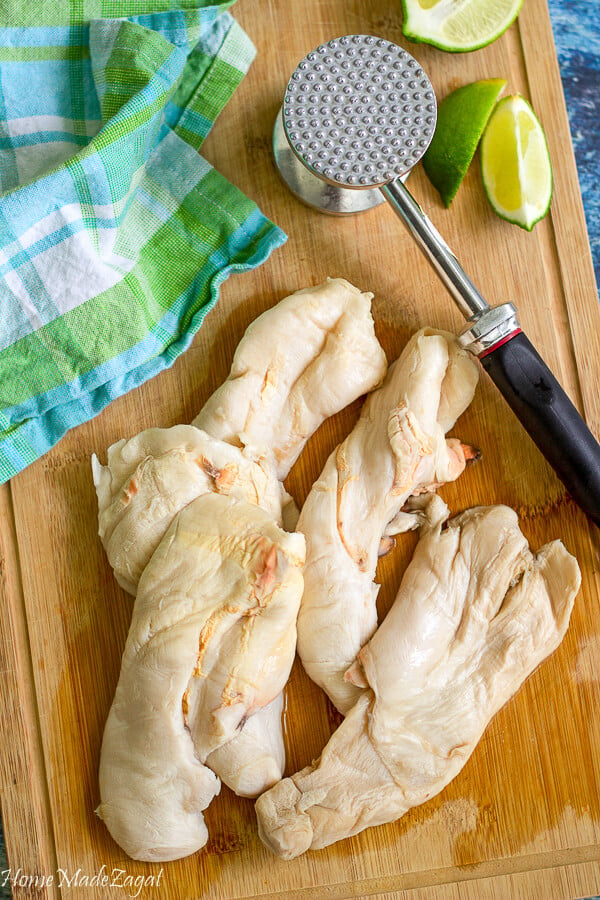
It's also called Culantro!